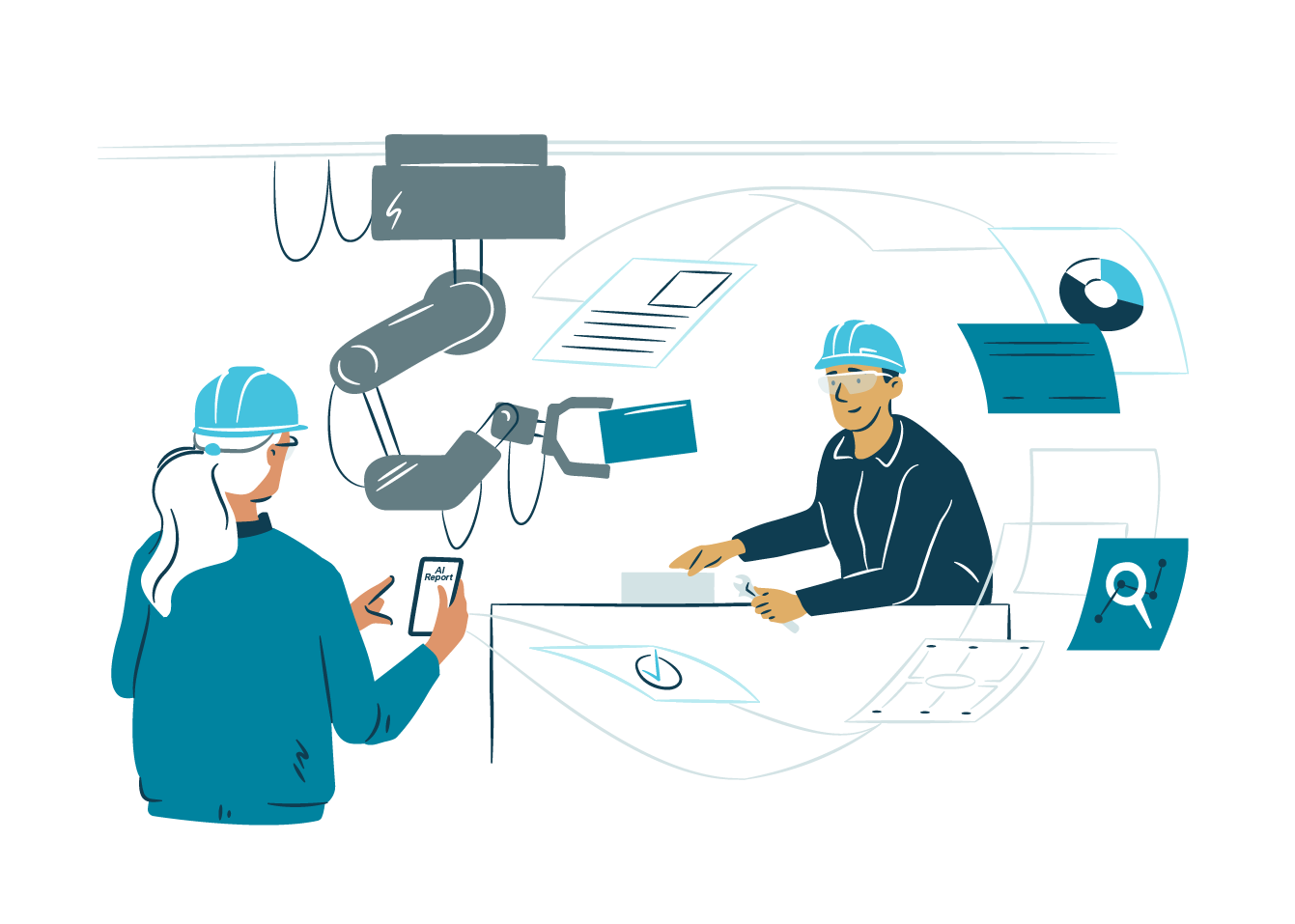
‘Every business is a software business’ is not just a mantra anymore. The digitalisation era will impact on every industry and business function. Modern organisations such as Slack and Dropbox are created for today’s world. However, organisations which have a long legacy are realising that the best way to achieve business agility is to take the ’Agile’ and apply it across the entire organisation. Here is one way to roll out the Agile Transformation process.
1. Define the current situation
The definition of ‘agile transformation’ is to transform an organisation into a mode that is flexible, collaborative, self-organising, and fast-moving. The starting point of agile transformation is to understand the current situation. The organisational structure and roles, ongoing projects and activities, contracts with suppliers, and organisational culture must be made visible. This helps us to understand the organisation’s maturity level, which gives guidance to the next steps.
One vital aspect is to select change agents for the transformation. Change agents act as catalysts for change and are familiar with the organisation’s culture and operations. Change agents are typically managers, but more relevant are the commitment and willingness to learn the Agile mind-set and practices.
2. Choose Your Weapon
Although organisations are unique, it’s recommended to use a common framework for agile transformation. A well-known framework gives a backbone to the transformation vision and offers guidelines and support. An “official” framework also decreases resistance to change in the target organisation.
Two hotter frameworks for scaling Agile are SAFe (Scaled Agile Framework) and LeSS (Large Scale Scrum). SAFe takes a structured approach with organisational levels, roles, and developmental processes. With a massive toolset from the Continuous Delivery Pipeline to business strategies, SAFe fulfils the whole software developmental ecosystem. This blog post explains the framework at a more detailed level.
In contrast LeSS focuses more on principles and agile mindset. LeSS keeps the organisational structure simple and adds only a few extra things to scale the one team Scrum framework. In addition to this, organisational layers and middle management are removed which typically creates the need for a reorganisation. My earlier blog post deals with the LeSS concept more deeply.
In summary, SAFe gives an easier access to transformation in hierarchal and traditional organisations, while LeSS is more radical and requires more risk-taking. Both frameworks are used widely and have their supporters and detractors. This SAFe vs LeSS shootout compares the frameworks from different angles.
3. Educate (almost) Everybody
After the framework is selected, the next step is to educate the organisation. Ideally, everybody in the organisation should be converted to Agile and Lean thinking. In reality, people are busy. Workshops must be well-designed, short, and focus on essential topics such as the principal idea of the framework, new roles and responsibilities, and the building a product definition. It’s critical that the change agents and the future product owners are identified and they participate in the workshops. The rest of the organisation should have a general understanding of the agile transformation roadmap.
The ‘Shared documents are not shared understanding’ phrase is good to keep in mind. It’s naïve to believe that written documents will replace workshops, mentoring and coaching. Simple pictures and bullet points are more than adequate in most cases.
Is This All?
In many cases the agile transformation process starts rapidly, but dries up after a few months. The current situation has been understood, the framework has been selected and a few workshops have taken place, but drivers to the next action are missing. After a while, people return to their old habits and the target organisation remains the same. My later blog post will reveal how to ensure that the transformation process meets its goal and the organisation gets all the advantages.
References
https://www.forbes.com/sites/jasonbloomberg/2017/02/26/digital-transformation-requires-enterprisewide-agile-transformation/#6f08a3da6cd2
http://www.castsoftware.com/research-labs/agile-transformation-what-is-it-definition
https://georgecouros.ca/blog/archives/3615
http://www.scaledagileframework.com/
https://less.works/
https://www.cio.com/article/2936942/enterprise-software/introducing-the-scaled-agile-framework.html
https://gofore.com/less-magic-pill-agile-transformation-2/


